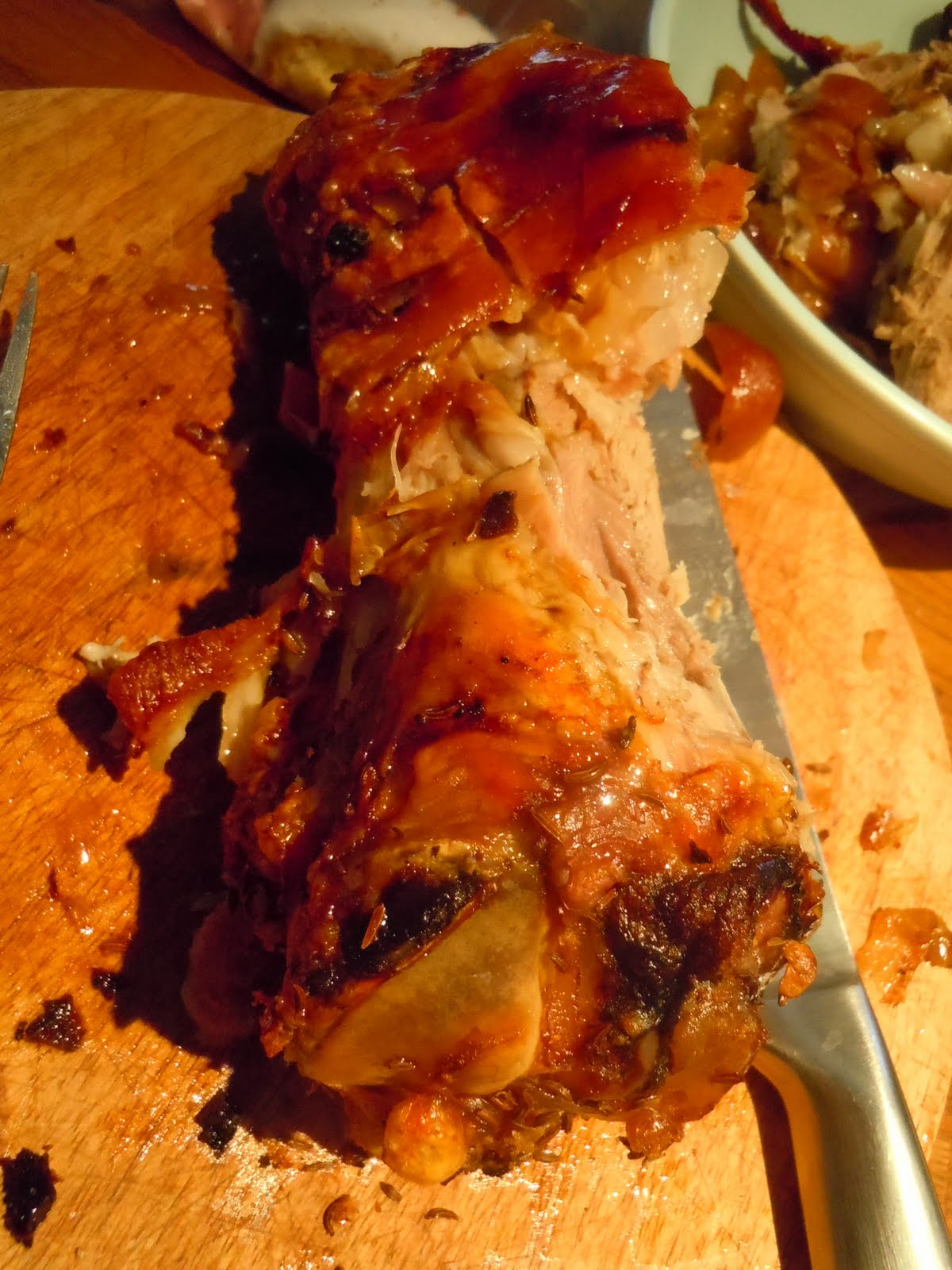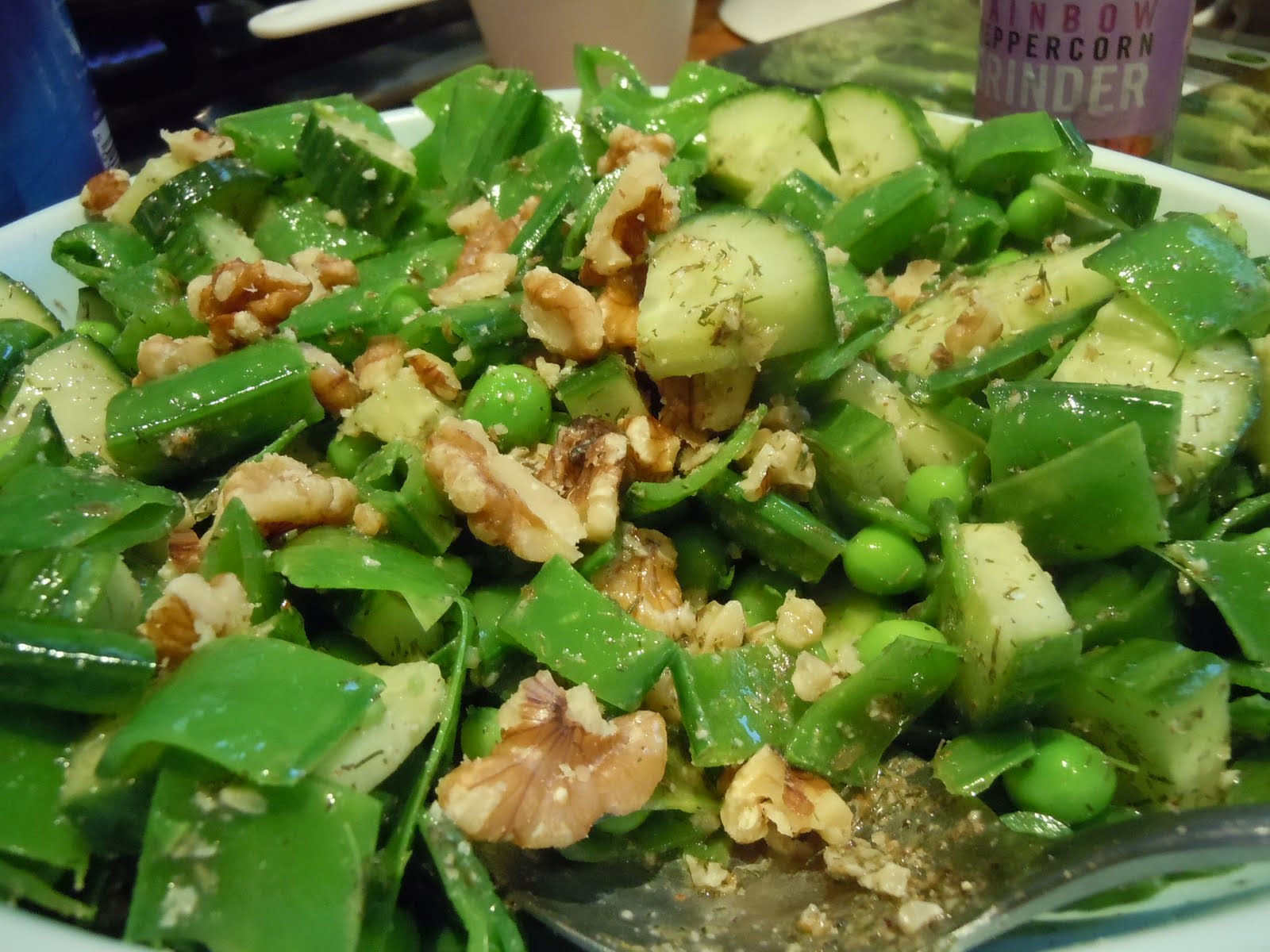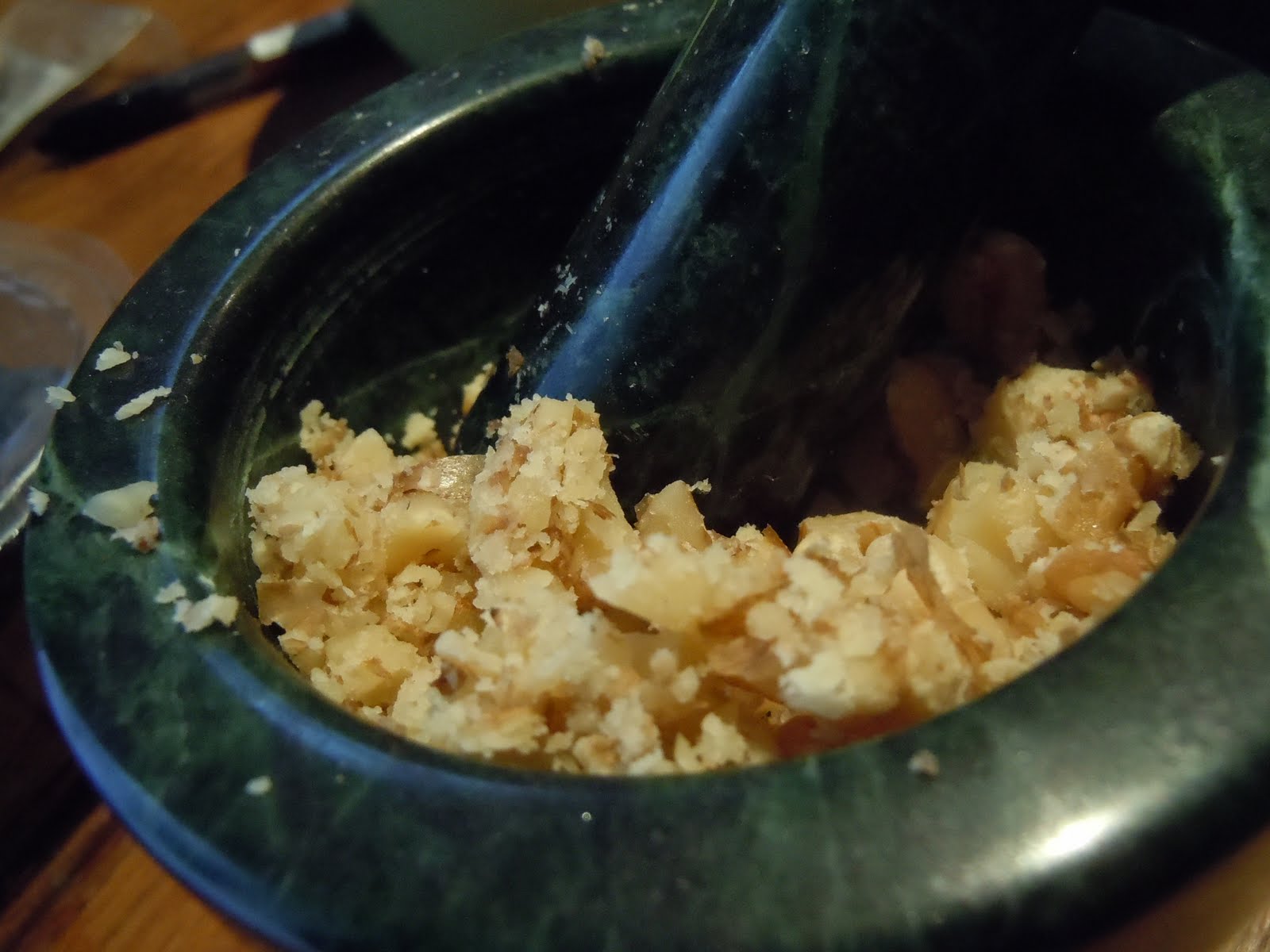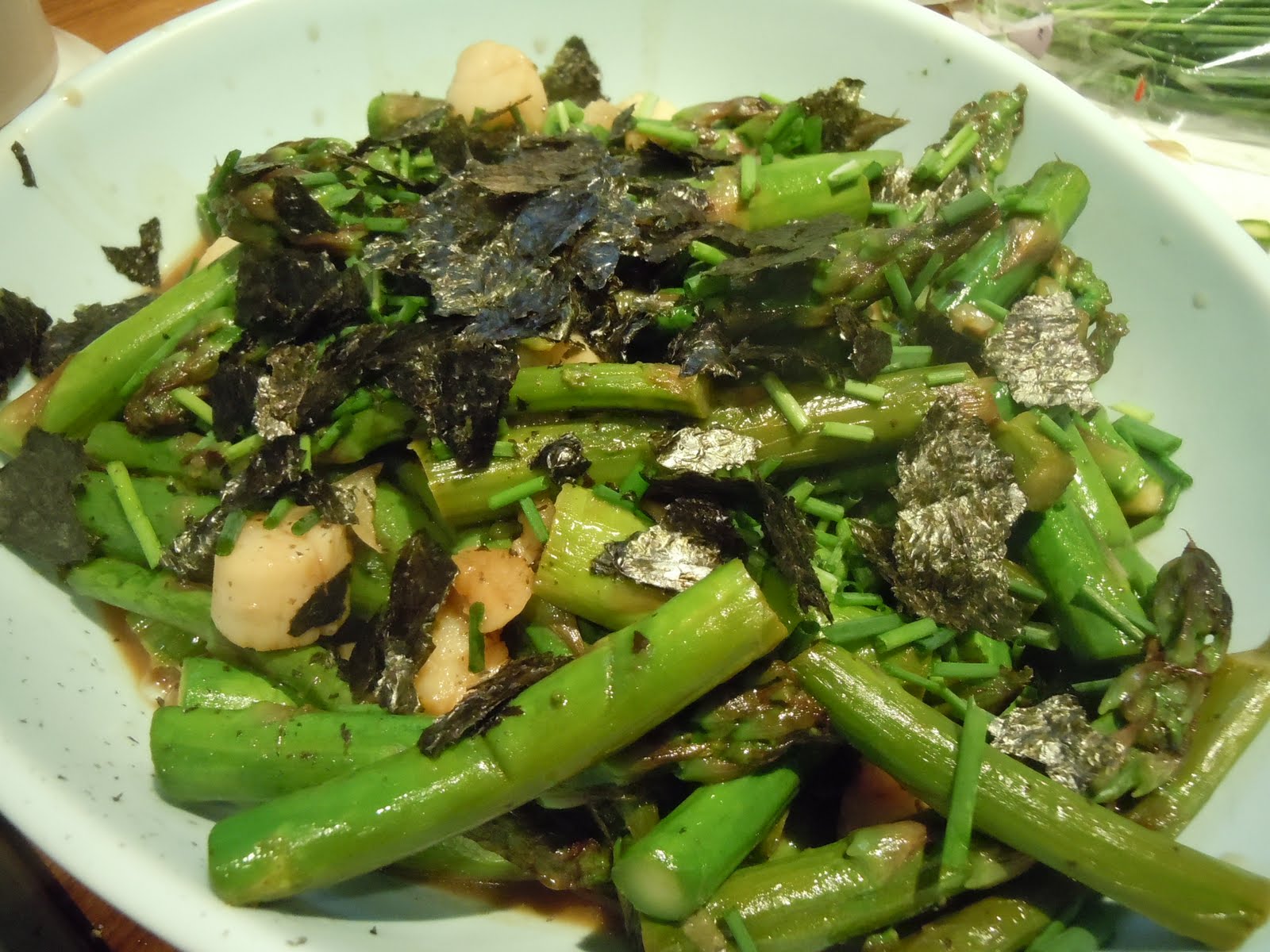 |
| The proud Hock o' Ham |
What was I saying about "proteins with stuff"? Well, this certainly qualifies. Actually, this recipe alone could be the reason why I still call myself a proud meat-eater. Apart from the fact that this dish takes forever to make (no last minute weeknight dinners here), this dish has little to complain about.
The featured meat is what is usually termed in my world a ham hock, but is to the Brits apparently a pork knuckle. Who knew? Anyway, it's one of the cheaper cuts of meat around and just one of these puppies will easily feed three people. You have to make sure to get the uncured kind for this recipe. This took a bit of searching for me, but it will let the flavors of the caraway seeds and garlic really shine through. Nothing, however, will explode if you can't find one and must use a cured one instead. Such is life, right?
This recipe combines all things British and American in my mind. A ham hock will quintessentially be Yankee fare, but the "roasting" element of this recipe does waver towards the British side of things. It also (as a bonus) features a make-your-own-pork-crackling element. Well, if I wasn't sold before...
Nigella Lawson, also, the reigning sultry queen of the British kitchen must be thanked for this recipe. Oh Nigella, the things you do for us. All while wearing revealing clothing.
Ingredients
2 tsp sea salt flakes (or 1 tsp pouring salt)
1 tsp caraway seeds
2 garlic cloves, crushed or grated
2 pork knuckles (also called hocks), rind scored
2 onions, peeled and sliced into rounds
2 eating apples, cored and quartered
4 baking potatoes (or 1kg/1lb 2oz other main-crop potatoes), cut into quarters lengthways
500ml/17fl oz good-quality amber or dark beer (not stout, I used Wychwood amber beer)
500ml/17fl oz boiling water
Method
Preheat the oven to 220C/425F/Gas 7. Put the salt and caraway seeds into a bowl, add the minced or grated garlic, and mix everything together. Rub the pork knuckles with this mixture, getting right into the slits in the scored rind.
Make a bed or platform of the onion slices in the bottom of a deep-sided roasting tin. Sit the pork hocks on this onion layer and cook them in the hot oven for 30 minutes.
Take the tin out of the oven and quickly arrange the apples and potatoes around the pork knuckles. Carefully pour over 250ml/9fl oz of the beer, aiming for the pork knuckles so they’re basted as the liquid is poured into the tin. Return the tin to the oven, turning this down to 170C/325F/Gas 3. Continue to cook at this lower temperature for two hours.
Turn the oven up again to 220C/425F/Gas 7, pour the rest of the beer over the pork knuckles, and continue to cook at the higher temperature for another 30 minutes.
Take the tin out of the oven and transfer the apples and potatoes to a warmed dish. Lift the hocks onto a carving board, leaving the onion and juices in the tin.
Put the tin on the hob over a medium heat and add the boiling water, scraping any burned onions up from the bottom of the tin using a wooden spoon to de-glaze the tin and make a gravy.
Meanwhile, take the crackling off the pork knuckles and break it into pieces. Pull apart or carve the meat and pile it onto plates with the apples and potatoes. Pour over the gravy and serve with some German mustard.







